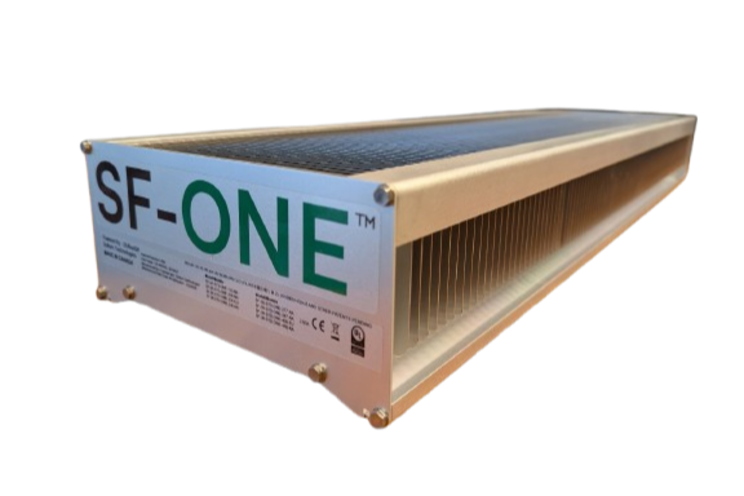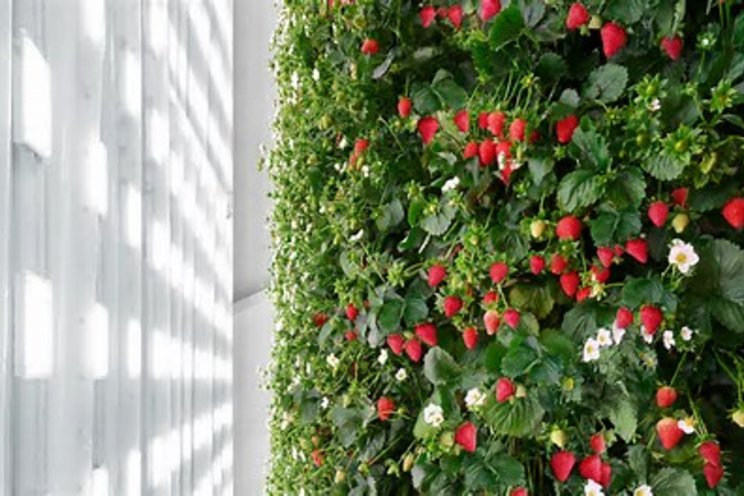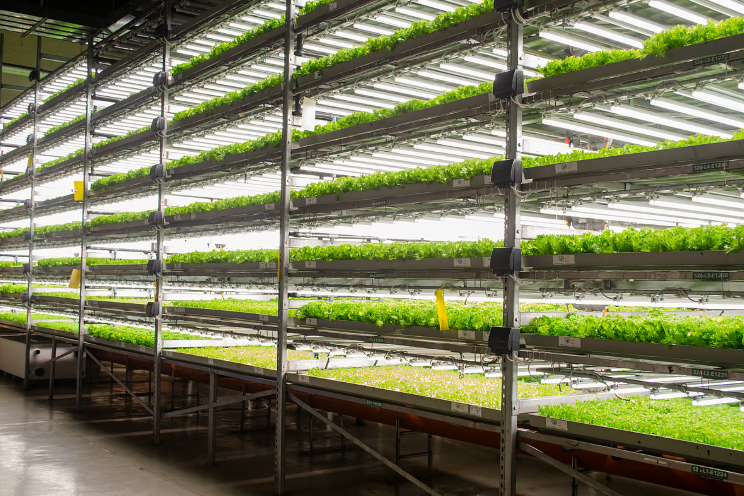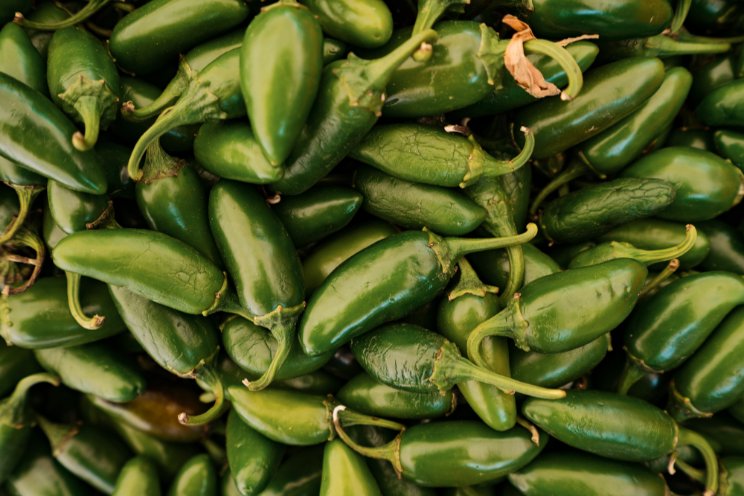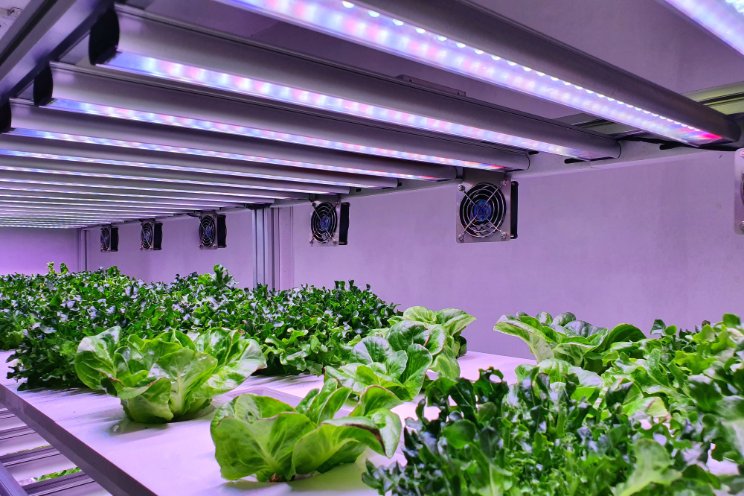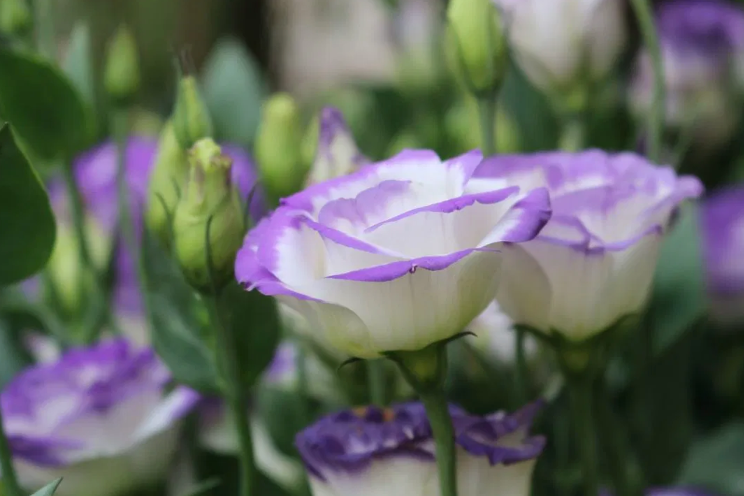What will we eat in a circular food system?
Added on 25 April 2023
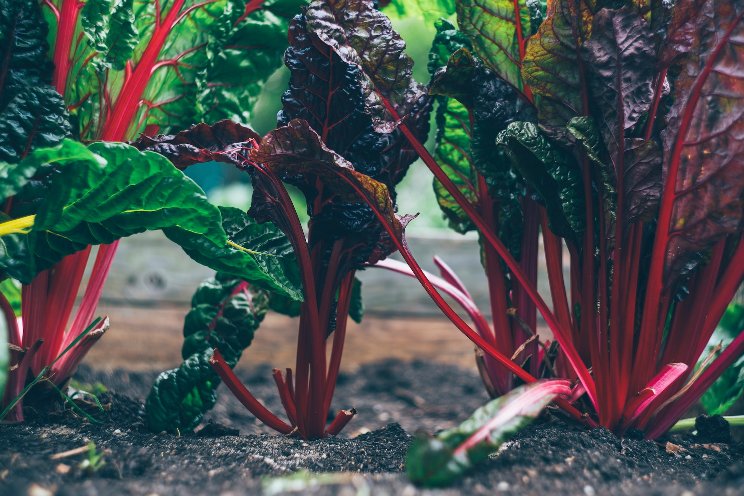
An international group of researchers led by Hannah van Zanten (Wageningen University & Research) has outlined the opportunities for the EU & the UK (EU27+UK) in four scenarios, starting with the current system and culminating in a fully circular food system. Their findings were published in Nature Food on April 17.
The hard figures reveal that there are huge gains to be made if we switch to a circular food system, and the long-running study by Van Zanten and colleagues reached some striking conclusions. For example, the researchers demonstrate that as much as 71% less agricultural land would be needed in a fully circular agriculture system. A 29% per capita reduction in greenhouse gases is also feasible, even while still producing enough food for a healthy diet for all.
Circularity requires a food systems approach
“The figures reveal that a circular food system has huge potential benefits for both our own health and the health of our planet,” says Hannah van Zanten.“There are many uncertainties affecting the food system, such as the war in Ukraine. There will only be more such uncertainties in the future, in part due to climate change and the continually expanding global population. So we need to think carefully about how to redesign our food system. Choices will need to be made which might results in trade-offs, like increasing the global food supply versus making more room for biodiversity. That’s why we worked out four scenarios to predict the impact of these choices and reveal the interconnections within the food system.
”Four scenarios: from production-driven to fully circular
Four scenarios were developed: a baseline scenario (the current production-driven system) and three scenarios based on circular principles.In the first of the three circular scenarios (CirAgri), circular principles are applied to the production systems while we continue our current food consumption pattern. In the second scenario (CirHealth), the current consumption pattern is transformed into a healthy dietary pattern (based on the idea that overconsumption is basically a form of waste). Both scenarios reduce the amount of agricultural land required by over two thirds and decrease greenhouse gas emissions by 22% (if we continue our current consumption pattern) and by 29% if we switch to a healthy diet.In the final scenario (CirPop+), Europe’s agricultural land is used to produce as much healthy food as possible. In this scenario, we could feed an additional 767 million people (+149%) outside Europe and so contribute to alleviating the global food crisis. This will, however, require using all of Europe’s agricultural land for this purpose. Moreover, total greenhouse emissions increase by 55% in this scenario.
What is required for the transition?
The following conclusions apply to the transition to a circular food system in the EU27+UK:
- Consumption patterns need to shift to healthier diets. Consumption of animal products must fall by about 50%.
- Livestock will play an important role in the transition, but their numbers must be drastically reduced. Milk and fish will remain relatively important, while beef cattle and pigs will virtually disappear.
Photo by Markus Spiske on Unsplash
More news
